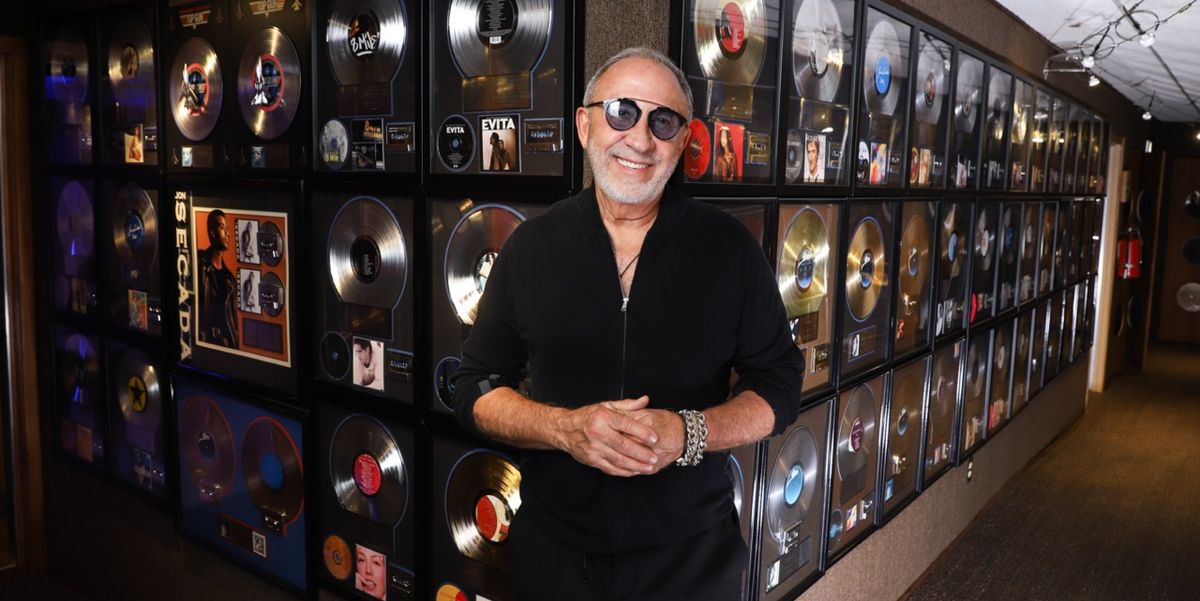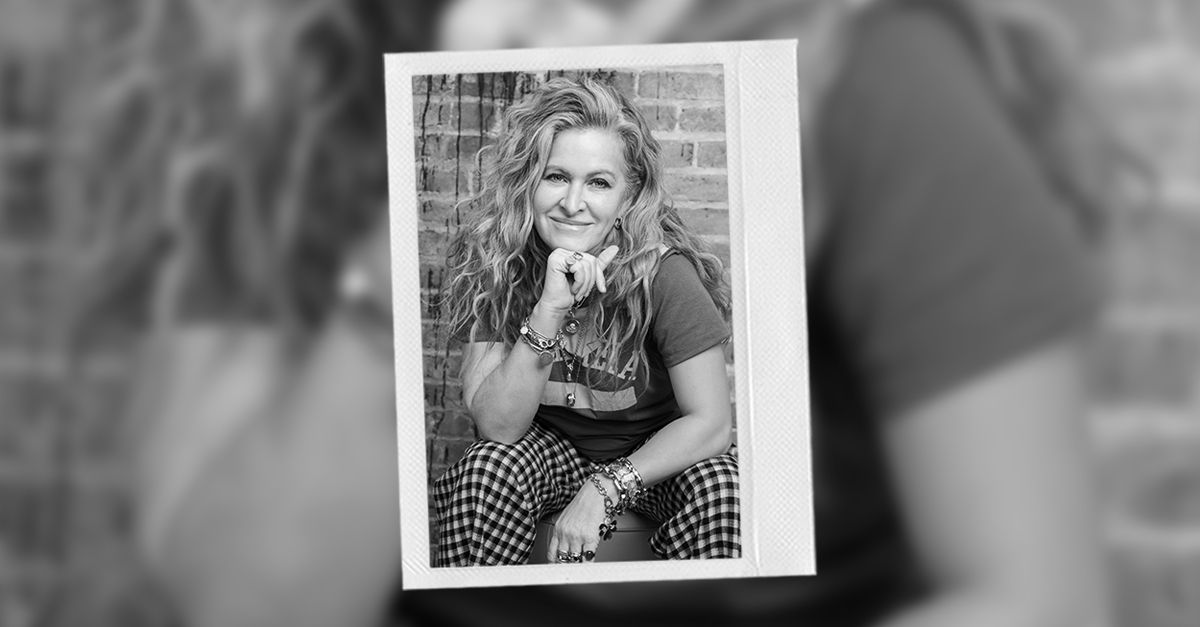Molly Baz Delivers Even More Great Recipes in More Is More
Congrats on More Is More! To me, it felt like your first book, Cook This Book, was really teaching us the fundamentals, and More Is More is like, “Okay, now, let’s have some fun.” In your own words, how would you describe More Is More?
You pretty much nailed it. … [With] Cook This Book, you’re in elementary school. You’re learning how to cook. You’re learning the basics and the building blocks that are foundational and the important techniques in order to prepare you for the next book, More Is More, which is in your college. You’ve got it all under your belt, and now, you just party, basically. You still need to work hard because cooking is still work, but it can be a lot more fun, and you can loosen up a bit more and feel less stressed about the precision of the process because you’ve permitted yourself to do so.
The second book is really about cooking more with your own intuition and according to your own palette and your own kitchen and the way you want your food to taste. The recipes are still recipes, but the ask of the reader is [to] make sure it tastes good, and don’t stop until it does. If you don’t like a certain ingredient, swap it out for something else. Empower yourself to cook food that tastes really delicious to you and not in a stressful way. It’s a bit more improvisational and loosey-goosey.
What would you say makes a recipe a Molly Baz recipe?
I think it’s recognizable-ish dishes that get turned on their head in terms of flavor profile and the way they come together. That has always been the sweet spot for me. We all know and love steak au poivre. It’s a classic dish people have been making in France forever, but what is the Molly version of it? Well maybe it’s chicken au poivre, and we’re using chicken legs instead of steak, and we’re putting miso in the sauce and tarragon instead of the classic traditional ingredients because we’re a little bit less tied to tradition.
My recipes are not dogmatic in terms of being like, “This is the way things are supposed to be done,” and that’s what’s so exciting about cooking to me. … There’s so much in the world to draw inspiration from and so many ways to reinvent things. The exciting part of developing recipes for me is, How can we look at this beloved classic dish in a new way and breathe new life into it? That’s what I think is a successful Molly recipe.
As both a recipe developer and writer and a consumer of cookbooks yourself, what are the most important elements to you when writing a cookbook?
There are a lot of things. Number one, if there is not a picture for the recipe, people will not make it. So I will never write a cookbook with a recipe that doesn’t have a photo. It’s just a waste of everyone’s time, especially mine. Number two is the formatting of a recipe. What I think is really tricky about recipes is that there are just tons and tons of words on a page, and it’s really easy to get lost, and it’s hard to find where you were, and you have to jump back from being in the kitchen to finding your place on the page.
A lot of recipes assume a lot of the reader, and I try to remove all of those assumptions when writing recipes and writing books. That means organizing the ingredient list in a way that is efficient and makes sense in your kitchen. So I’m going to tell you everything you need to grab from your pantry and everything that you need to grab from your fridge all in one block in the recipe so you are not darting around the kitchen like a crazy person going to the fridge for milk and then going to the pantry for flour and then “Oh, I also need eggs—now, I’m back at the fridge.” It’s so inefficient, and it starts to get so much more chaotic.
Something that most recipe developers don’t do—and it drives me bonks—is not reiterating the ingredient quantity that is listed in the ingredient list in the recipe. It’s like, you know vaguely how much parm you need, but of course, you don’t have it memorized, and then you get down in the recipe, and it’s like, “Stir in the parm,” and you’re like, “How much parm?” You have to go back up to the top of the page and find the parm in the ingredient list. Why wouldn’t you as a recipe developer just say “stir in half a cup of parm” so they don’t have to do the work? So much of the formatting of my recipes has been thought through endlessly and tirelessly to remove any excess chaos that might enter the brain because it is my belief that extra noise makes cooking more stressful for a novice than a professional because there are more assumptions that they can just make, so they don’t have to read every word and reference every single ingredient. That’s what makes it not fun. Nobody is trying to not have fun. So let’s make it fun and not stressful.
Check out our Latest News and Follow us at Facebook
Original Source







